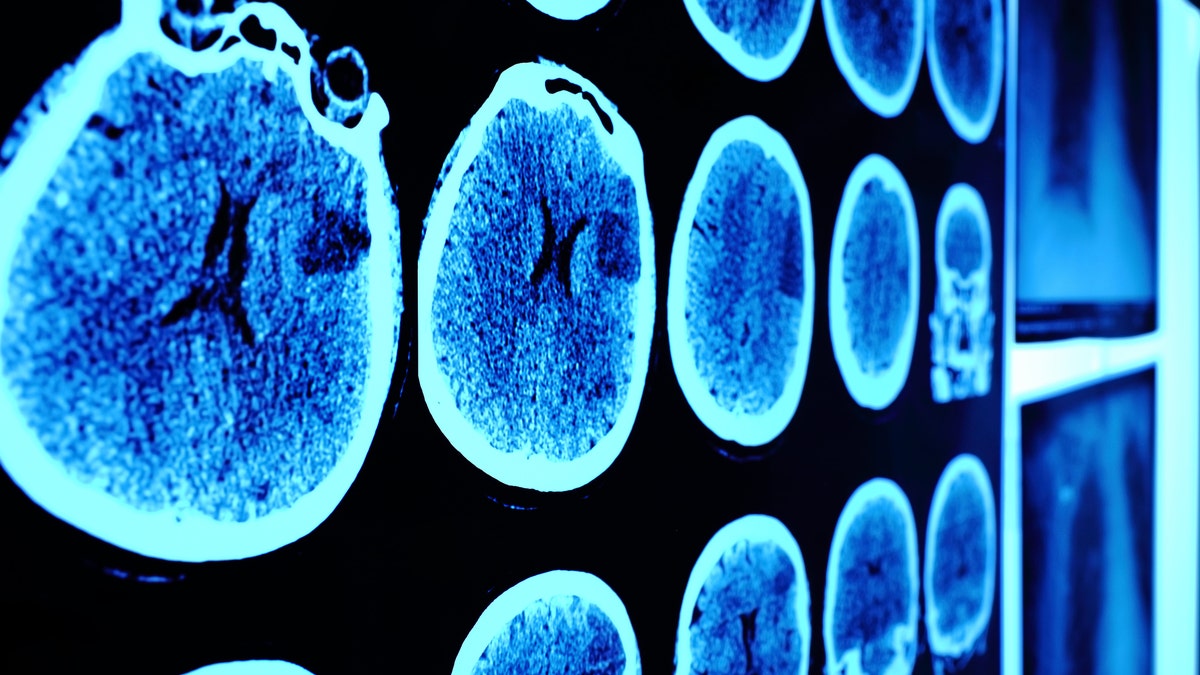
CT scans of skulls. (iStock)
My mother-in-law, now in her late 70s, is one of about 400,000 people in the U.S. and 2.5 million around the world belonging to a group no one wants to join – people with multiple sclerosis (MS), a terrible and mysterious disease.
An active woman, my mother-in-law began losing her balance and falling when she was in her late 30s and had to give up her job as a teacher. In just a few years she was using a wheelchair as her disease progressed and her legs and arms became mostly paralyzed.
Courageous, always pleasant and never complaining, my mother-in-law has been an inspiration to all of us who know and love her. But her life has been far from easy. She requires a hoist to get out of bed and round-the-clock home health-care aides, and is prone to frequent urinary infections.
March is MS Awareness Month, so it seems like a good time to look at the disease – how it changes the lives of the people who have it, and what doctors are doing to find better treatments and ultimately a way to cure the illness and even prevent it. MS isn’t about to disappear anytime soon, but progress is being made in understanding and treating it.
MS is a disease of the central nervous system that is often disabling, usually striking when people are between the ages of 20 and 40. It inflames and damages parts of the insulation (the myelin sheath) covering the nerves of the brain and spinal cord (the central nervous system), as well as the connectors (axons) of the nerve cells.
A big breakthrough in the understanding of MS was the realization that the body’s immune system (white blood cells) that is supposed to defend the body instead goes on the attack against the brain and nerves.
A detailed explanation of the disease can be found on the website of the American Journal of Managed Care.
The diagnosis of the illness is made by an astute neurologist, who looks for lesions of the brain that light up on an MRI with contrast (gadolinium). Symptoms of MS range from painful temporary loss of vision in one eye (optic neuritis), to fatigue, problems with gait, sudden weakness or numbness.
One of the reasons that the diagnosis is so frequently missed is that the most common form of the disease, known as relapsing-remitting MS, is just what it sounds like: symptoms may be dramatic, but can improve spontaneously on their own without treatment.
When symptoms of MS grow less severe or even disappear for a time as the disease goes into remission, it’s easy and understandable for a patient to gain false assurance and deny that he or she has a serious and life-changing illness. The common thought: things will get better, everything will be alright and I’ll be back in good health soon. Right? Right?
Sadly, no. In fact, things usually get worse.
According to the National Multiple Sclerosis Society, recently up to about 90 percent of relapsing-remitting cases of the disease have worsened and turned into secondary progressive MS over 25 years after diagnosis. This is what happened to my mother-in-law – the diseases kept getting worse and there were no longer any remissions.
Thankfully, things in the world of MS are slowly changing for the better. The knowledge that MS is essentially an autoimmune disease has led to much research and a group of five effective disease-modifying drugs including Betaseron, Avonex and Copaxone, all of which slow the body’s attack on its own nervous system. These drugs decrease the frequency and severity of MS relapsing-remitting as well as progression to the more severe form of the disease.
Monoclonal antibodies Lemtrada or Ocrevus, which target specific proteins on the surface of immune cells, are even more likely to prevent progression of the disease but also have more side effects. Blood stem cell transplant is promising, but still in an early stage.
There are also newer drugs that are currently being studied that may be even more effective than the ones currently in use, especially in preventing the progression of disability. At the same time, newer brain scan imaging techniques hold the promise of earlier and earlier diagnosis.
MS awareness is crucial to diagnosis and treatment. We must cut through the stigma and embarrassment that surround this and all disabling diseases. And while it’s too late to save my dear mother-in-law from severe disability, it is not too late for so many others. Major progress in the fight against MS continues.
